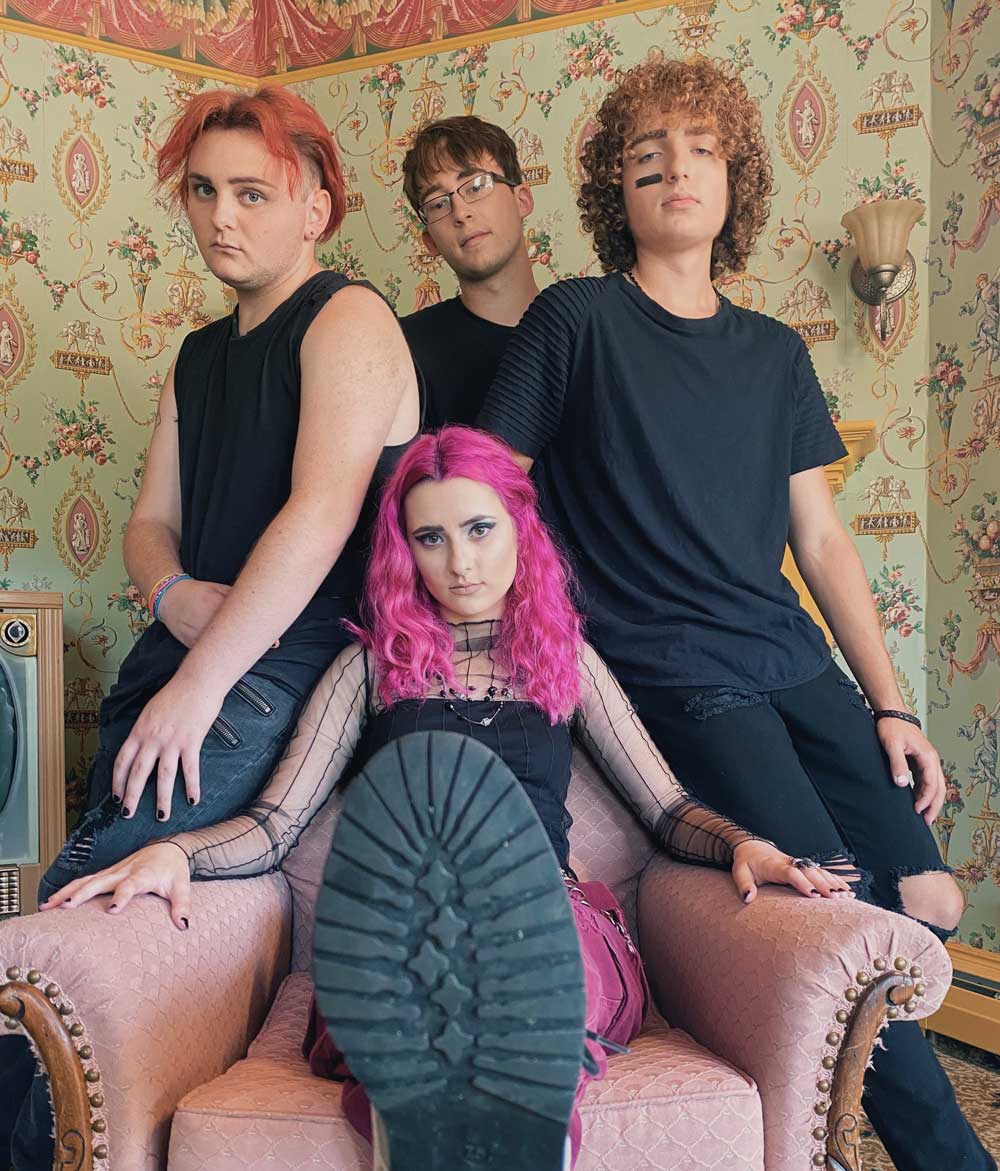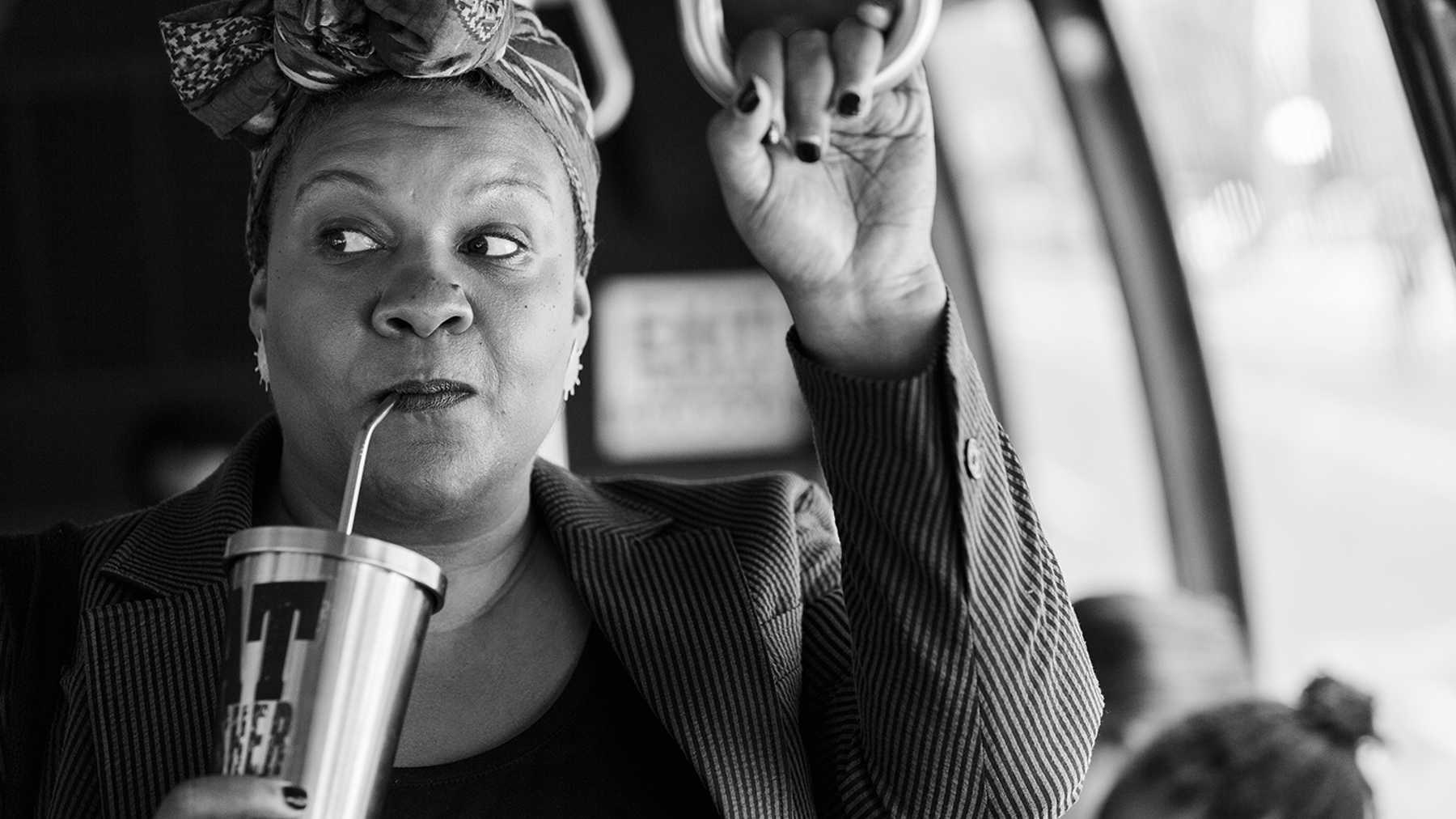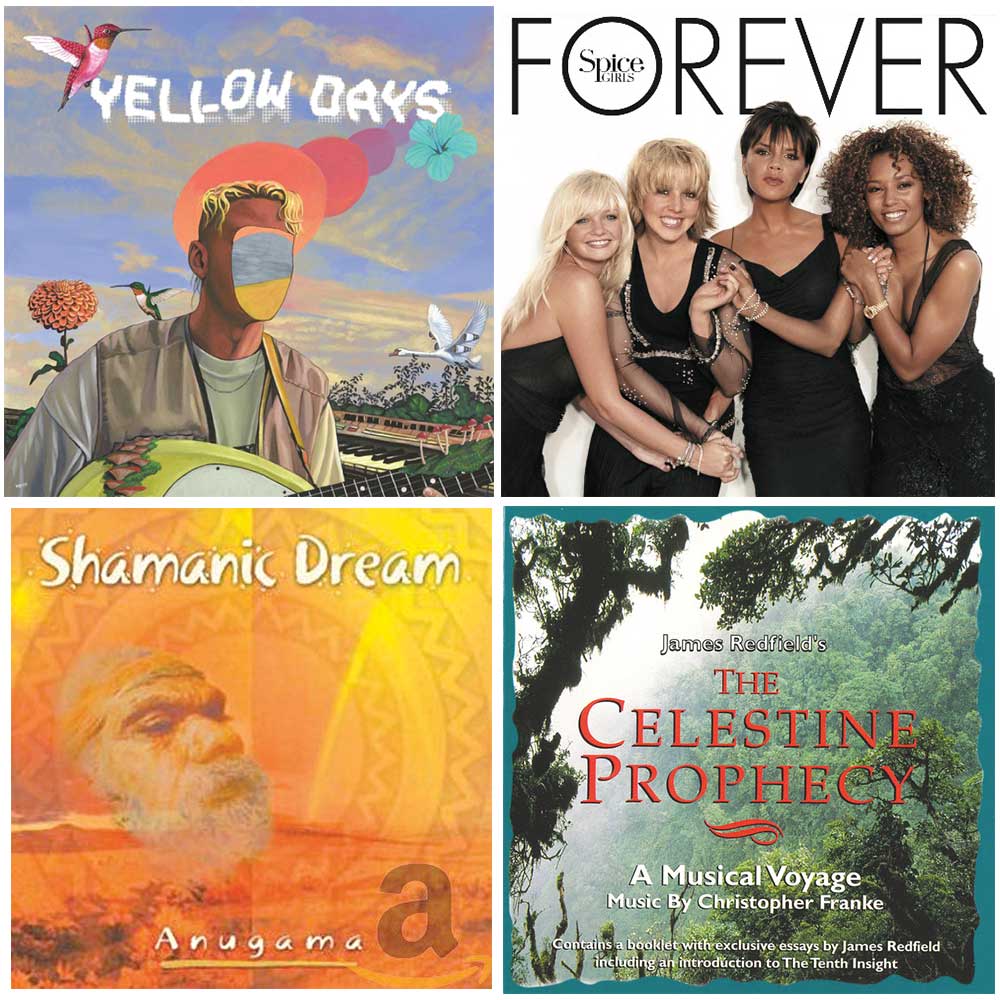Yellow Days, A Day in a Yellow Beat (RCA Records)
If you believe the hype bubbling up around this second album from Yellow Days, a.k.a. George van den Broek, he’s successfully bending ’70s radio-funk into a form of “upbeat existential millennial crisis music.” What that translates to in the real world of real things is a patchwork of listenable-enough blue/jazz/funk sampling that draws from the Moby playbook. The 2.5-minute “Intro” is a bit tired: an old TV interview with Ray Charles (in which he bemoans the lack of artistic freedom granted to those poor downtrodden souls who’ve scored record contracts) pattering over a decent-enough imitation of 1980s jazz-pop chill, complete with dated synths, faux-xylophone and assorted other piffle. “Be Free” is more of a traditional tune (or extended ringtone, take your pick), one dripping with Carter-era authenticity, and from there you’re off to the escapist races with the rest of the songs, lounging in a silky hammock of occasionally skit-decorated Soul Train vibe. All of it’s pretty catchy, if that counts. B+
Spice Girls, Forever (Virgin Records)
Unless the holidays are canceled — and who would blame us — we’ve arrived at that time of the year when nearly all the new releases are reissues, box sets, bootlegs, laughably expensive multimedia DVD/CD packages (“Only 10,000 in existence!”), and, of course, first-ever vinyl releases, like this one. No, this isn’t the album with their monster hit “Wannabe” on it (that was from their 1996 debut album, Spice); Forever was their final studio album, and “only” reached No. 39 in the U.S. Not surprising, given that they were down to four singers by then (Ginger Spice, a.k.a. Geri Halliwell, left for a solo career and to write children’s books). OK, no, that wasn’t the unsurprising thing about this album’s failure to do much in the U.S.; it was the phoned-in quality of the songs. Like most of this stuff, “Let Love Lead the Way” (granted, a filler track if ever there was one) was at best a bad example of massage-spa background patter; “Get Down With Me” couldn’t decide whether it wanted to nick TLC or Missy Elliott, and so on. Frankly, the only thing that didn’t outright suck was the girl-power ballad “Goodbye,” which actually did fit as a final righteous statement. C-
Retro Playlist
If you haven’t yet cracked in half over this endless quarantine, one might guess that you may have discovered meditation and/or yoga. Those things do help soothe the soul, believe it or not, despite the fact that so many people suggest them.
I should know, if you’ll pardon. I became a certified Kripalu yoga instructor 15 years ago, after spending a month at the practice’s ashram, which resembles a suburban grade school more than it does any sort of ancient spiritual retreat. Regardless, this led to my becoming co-owner of the now-defunct Manchester Yoga Center, which was located over what was then the India Palace (now Royal India) restaurant on South Willow Street in Manchvegas. Strategic partnering, you see.
Music, of course, is a big part of the yoga experience. When you’re trying to rid your body and brain of toxins, it helps to play music that’s cleansing. Just to get this part out of the way, everyone automatically thinks of Irish multi-tracking weirdo Enya when they think of “yoga music,” and yeah, it is awesome stuff. I usually have her “Best Of” LP playing in the car around the holidays.
But honestly, Deva Premal is as good as Enya, if in a different way. I used to play her 1998 Essence album a lot in my yoga classes. Her voice is truly a marvel. Her last couple of albums kind of sucked, but that’s only proof that perfection simply isn’t attainable on this plane.
As for my personal go-to “yoga records” — which, it should be said, means “New Age Music,” of a sort — one constant has always been Anugama’s Shamanic Dream, which works as yoga-class ambiance and meditative trance-inducement. It’s a crazy-long tune made of one simple, gentle, super-cool tabla/synth pattern over which a faraway voice chants “So be it.” Really immersive stuff.
My most guilty New Age pleasure, though, is the 1996 Christopher Franke album The Celestine Prophecy. The story goes that Franke, of the early ambient band Tangerine Dream, was inspired to pay homage to James Redfield’s 1993 novel of the same name. Though a bit mixed, the results do include a tune titled “The Mission of Father Sanchez,” a song that is, to this day, the prettiest, most spiritually empowering thing I’ve ever heard. The ultimate wedding march. I can’t make it to the final fade without being overwhelmed with joy and blubbering like a baby. It gets me every single time. If The Lion King soundtrack makes your lower lip twitch, this tune might just knock you flat.
(Please don’t ever use it on me at a party. I do have a certain amount of Grinch cred to maintain.)
PLAYLIST
A seriously abridged compendium of recent and future CD releases
• Hey, everyone, guess what happens on Oct. 16? Yep, that’s right, all the new albums get released, because it is a Friday! Let’s start the festivities with this hipster dude over here, Kevin Morby, a Texas native who moved to Brooklyn because he thought it would be awesome, and he’d live this totally neat-o Singin’ in the Rain life, or something like that, I honestly don’t know what this stupid Wikipedia article is even trying to say. But whatever, he was in a band called The Babies with Cassie Ramone of the Vivian Girls, and — look at that, I’ve lost ya, haven’t I. Come back, man, I agree with you, seriously, like, who cares about bands who sacrificed nice suburban lives just to rack up 85 YouTube listens or whatnot, and so I will end the boring history lesson and go have a listen to whatever single is on tap from Morby’s upcoming new album Sundowner! I don’t know anything about this guy, but I swear on a stack of Silver Surfer No. 4 comic books that if this is melodically good but there’s really horrible singing, like every other “indie” band that doesn’t have a full band roster I’ve heard this year, I’ll — why, I’ll, well, let’s just say that you don’t want to know! OK, here’s the stupid single, “Campfire.” It’s a cross between The Cardinals and Bob Dylan, and it’s been done literally one trillion times before.
• Right, here we go, with British glam-rockers The Struts, who are releasing their third album, Strange Days! Will it be as terrible as The Darkness, or will it be technically awesome, like the old British glam rock band Sweet used to be? By the way, only ninnies call Sweet “The Sweet.” Their name is just plain “Sweet.” Why did people call them “The Sweet,” like, was there a misprint in the August 1979 issue of Hit Parader or something? I don’t care, at least this band definitely does have “The” in its name, and for that I thank them. Oh, let’s just go, the first single is the title track, and the “feat” person is none other than the guy from Take That, Robbie Williams! Wait, this isn’t glam, it’s soccer-mom music for the Ellen DeGeneres show. Come on, guys, at least do some cowbell, hah? Nope, no cowbell, no glam, just music for daydreaming about receiving a tender back massage from Bradley Cooper while dropping the kids off for a “play date,” or whatever soccer moms do, I have no idea. Barf, no glam, just over-processed piano-pop, let’s just move along here.
• Ha ha, look at the funny skinny soy-boy, who calls himself “The Wonky Angle,” on the YouTube, ranking Autechre’s albums from best to worst and gettin’ him some Likes! Is there really a difference from one album to another, when a band plays awesome glitchy IDM? Nope. The new album is called Sign, and there’s no advance, but — wait a second, why is the album cover a complete ripoff of Orbital’s Wonky, or at least the promo version? Whatever, I’ll take it, this will be awesome, don’t mind me.
• We’ll end the week with Don’t Know How But They Found Me, a band led by two of the sad emo clowns from Panic! At The Disco. The title track from their new album, Razzmataz, is — wait, is this Smirnov commercial real? Like, you can drill a hole on top of a watermelon and stick a vodka bottle upside down in the hole, attach a spigot, and you get drinkies? Uh-oh, yikes, I’m out of room, no time to talk about whatever this emo song is about.






